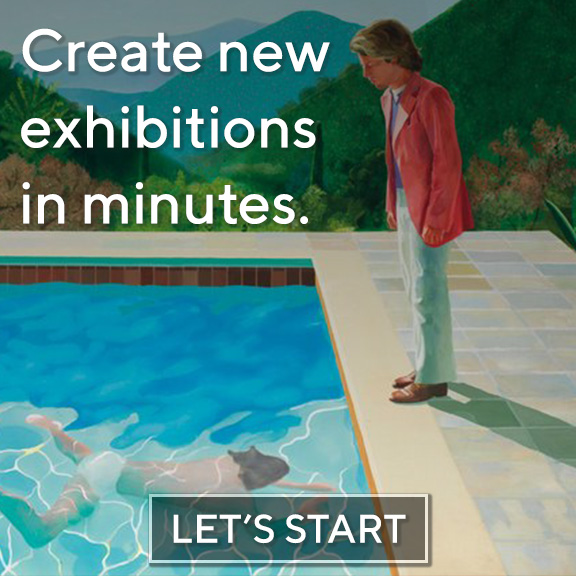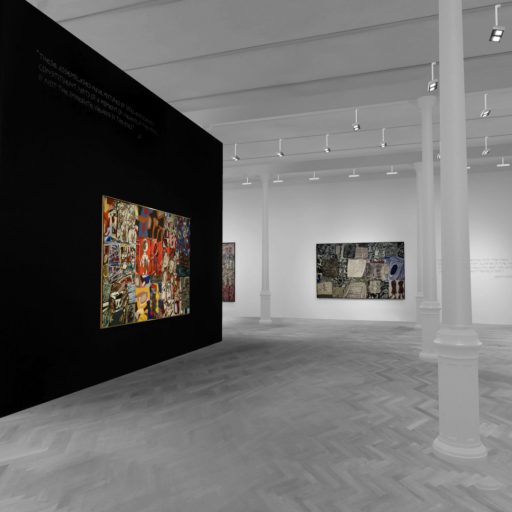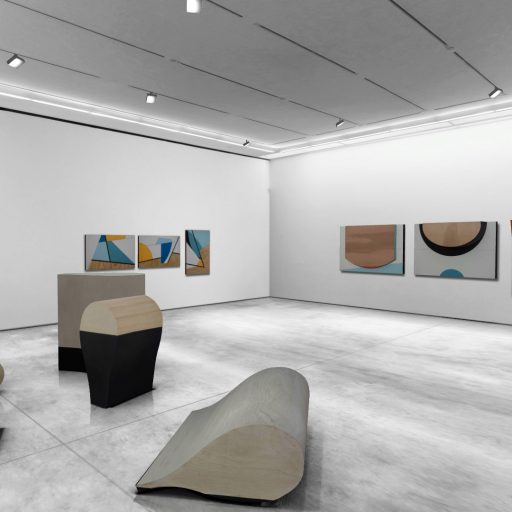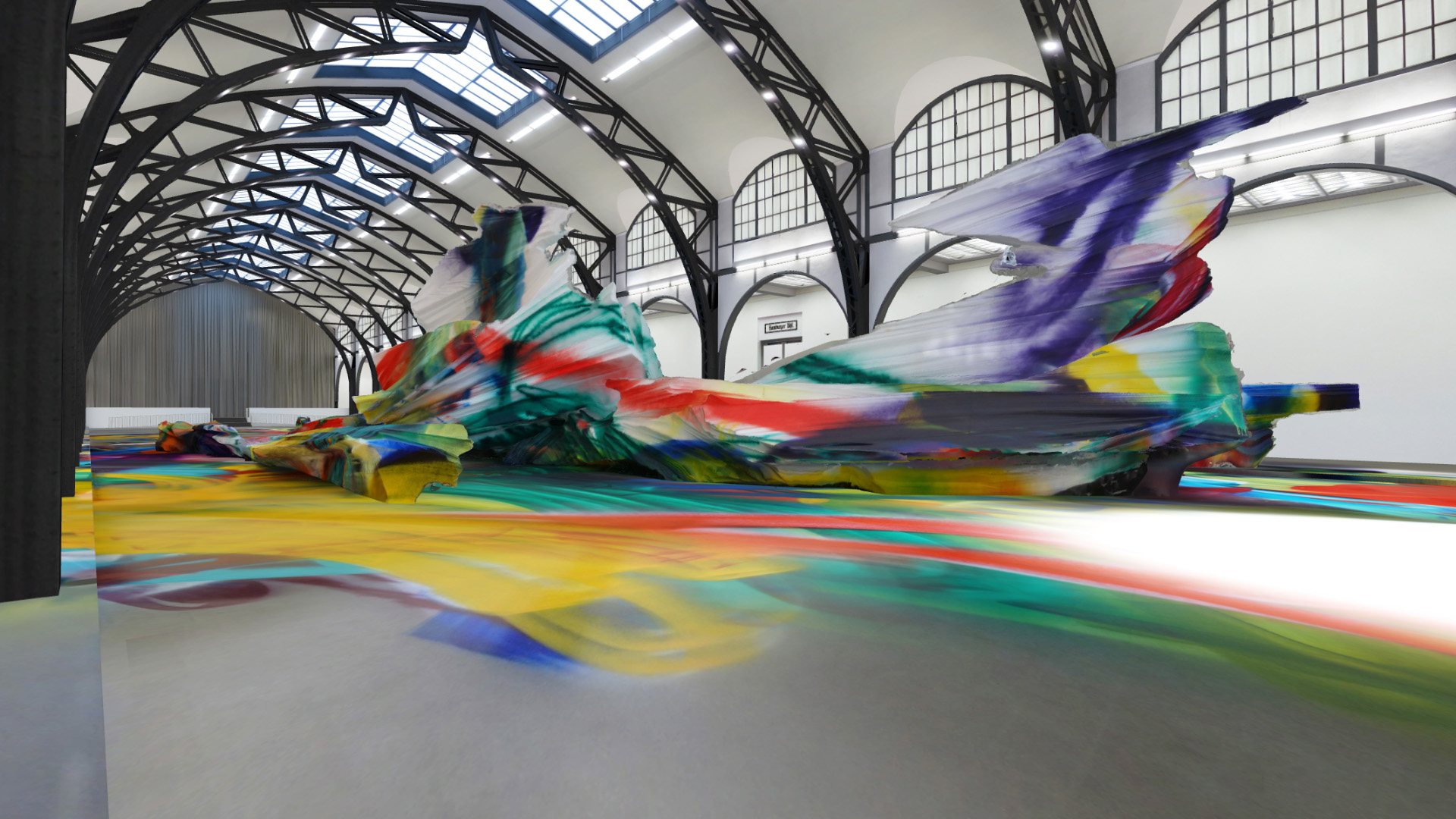

Loading...

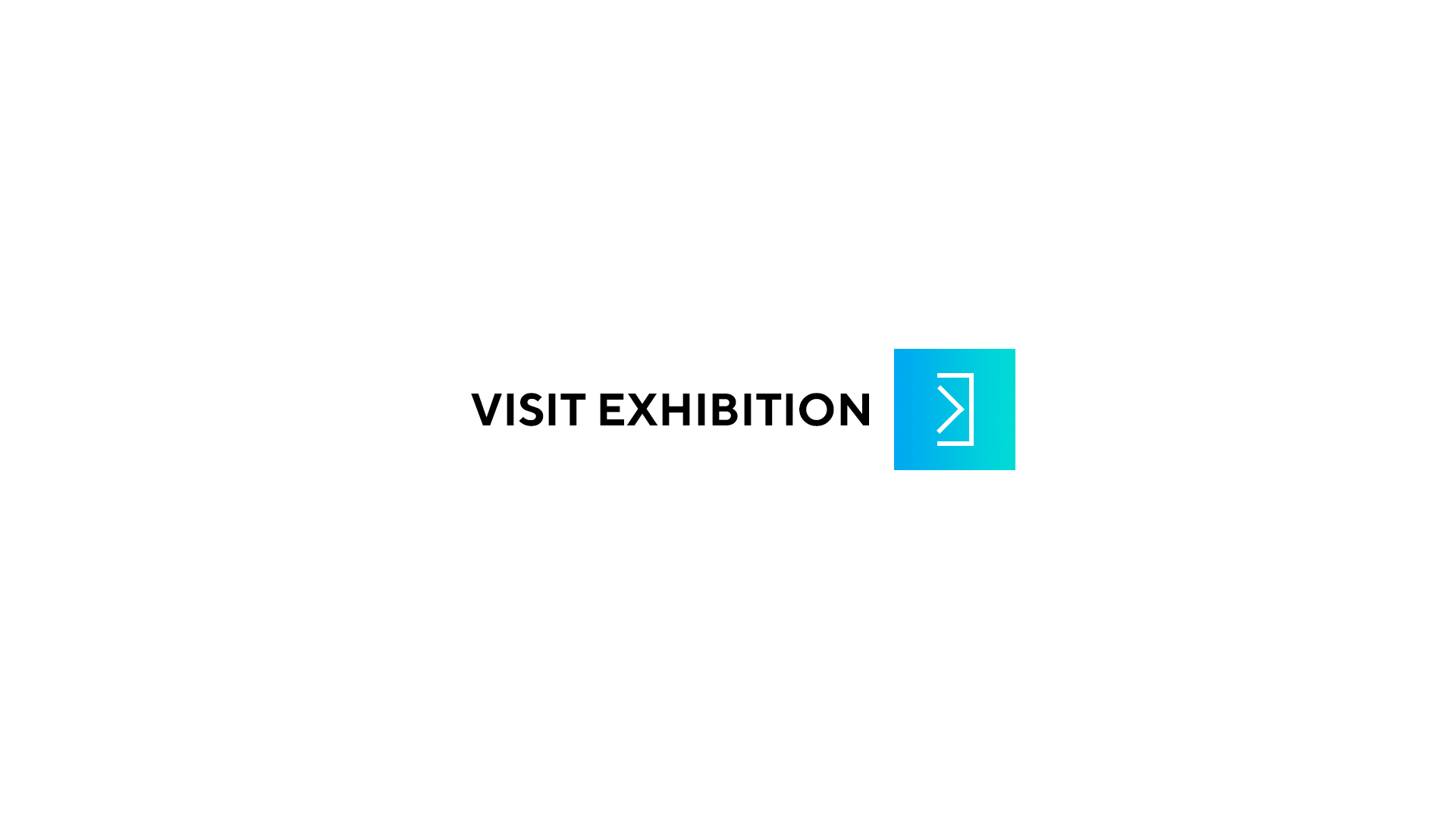
A painting by Katharina Grosse can appear anywhere. Her large-scale works are multi-dimensional pictorial worlds in which splendid color sweeps across walls, ceilings, objects, and even entire buildings and landscapes. For the exhibition It Wasn’t Us the artist has transformed the Historic Hall of Hamburger Bahnhof – Museum für Gegenwart – Berlin as well as the outdoor space behind the building, into an expans... more >>
A painting by Katharina Grosse can appear anywhere. Her large-scale works are multi-dimensional pictorial worlds in which splendid color sweeps across walls, ceilings, objects, and even entire buildings and landscapes. For the exhibition It Wasn’t Us the artist has transformed the Historic Hall of Hamburger Bahnhof – Museum für Gegenwart – Berlin as well as the outdoor space behind the building, into an expansive painting which radically destabilises the existing order of the museum architecture.
Paintings without Limits
Katharina Grosse’s latest in-situ painting disregards the boundaries of the museum space in a grand and colourful gesture: “I painted my way out of the building,” said Grosse in relation to her work. Over the course of several weeks a vast new painting has emerged that stretches across the Historic Hall and into public space, over the extensive grounds behind the museum, landing finally on the façade of the so-called Rieckhallen which were inaugurated as a part of the museum complex in 2004. Grosse’s kaleidoscopic painting brings together colours and forms, natural and man-made surroundings and its visitors as participants in an all-encompassing, pulsating interaction of hues. The boundaries between objects, and between horizontal and vertical orientations begin to melt away, and the work’s scale continuously shifts depending on the visitor’s position. As the viewer moves through the painting new spaces emerge that are both artificial and ripe with associations, and at the same time completely real, forcing us to renegotiate our habitual ways of seeing, of thinking about, and of perceiving the world around us.
The choice of the location and the many different factors and conditions it entails have influenced the development of the painting, just as the permanently shifting lines of sight of the viewer and unexpected interactions with the work affect our ways of perceiving it in the exhibition setting. In this sense, the work’s title, It Wasn’t Us, can be understood as a reference to the inherent complexity and unpredictability of a given situation, whether it be the conditions under which artists create their work, or the conditions under which it is later viewed. The results of our actions are always influenced by unexpected moments and experiences as well as blind spots which later serve to define a situation. Not every consequence of each action or every aspect of the resultant situation can be predicted in advance, yet it is our task to assume responsibility for the complete situation.
The painting, which exists only for the duration of the exhibition, seamlessly connects the interior of the museum and the outdoor space and transforms the site into a new space of imagination and possibility.




